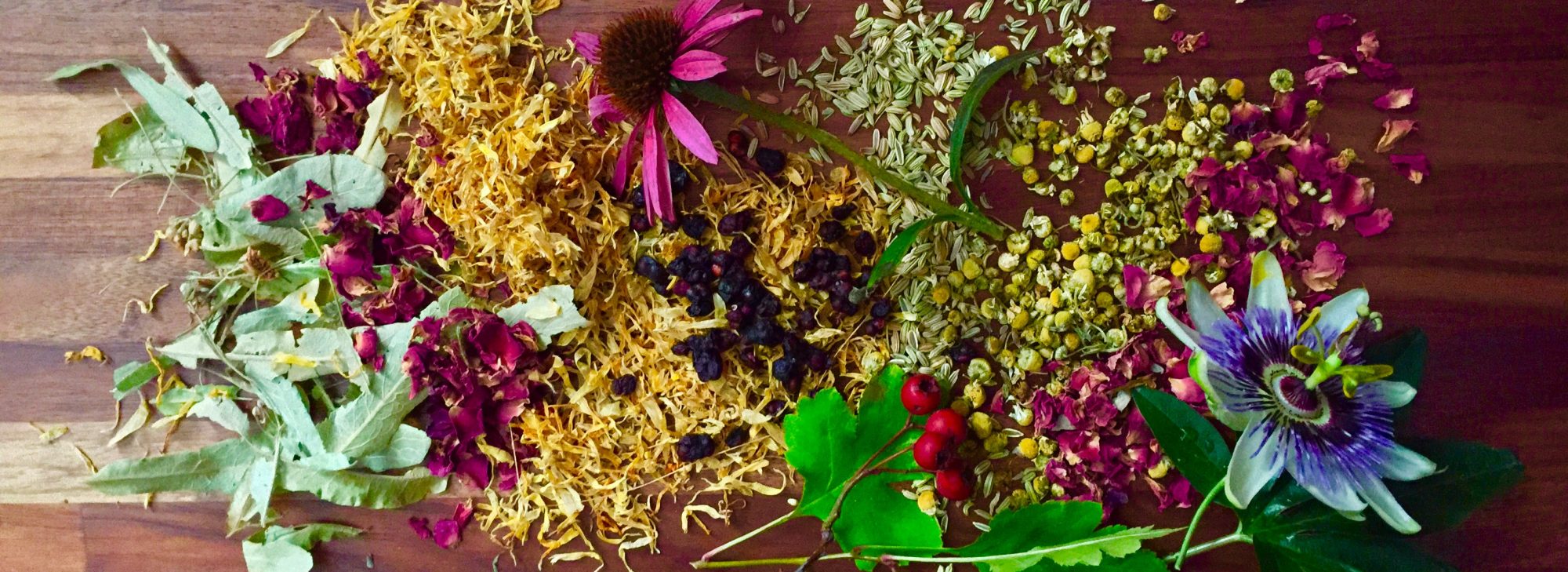
February is Raynaud’s Awareness Month. But what exactly is Raynaud’s?
Normally experienced in the fingers (but toes, ears and nose can be affected too), Raynaud’s affects the small blood vessels, reducing blood flow and causing pain, numbness, tingling and colour changes when exposed to cold. Strong emotions can also lead to the same symptoms, which are a result of the blood vessels going into spasm. Fingers tend to turn blue or white and then gradually go red as they warm up.
There are two major types of Raynaud’s – primary (Raynaud’s disease) and secondary (Raynaud’s phenomena/syndrome). In primary Raynaud’s, there is no real reason for the symptoms, and no underlying disease causing it. This can be very common. Secondary Raynaud’s sufferers, however, often have a medical condition such as lupus (systemic lupus erythematosus), rheumatoid arthritis, or scleroderma/systemic sclerosis.
It’s thought that 5-10% of the population are affected by Raynaud’s although some may just think they have poor circulation or cold hands. Women are nine times more likely than men to be affected. Sometimes years of using certain tools can affect the blood vessels and cause Raynaud’s.
Experts recommend that sufferers avoid cold temperatures (by wearing thick gloves if needed), and stress (relaxation methods such as light exercise or meditation). The website raynauds.org gives the following tips:
- Dress warmly, and in layers.
- Wear a hat when outdoors in cold weather. Try to stay indoors during cold weather.
- In cold weather or when exposed to air conditioning or cold temperatures (in the refrigerated section of a supermarket, for example), wear gloves. Mittens are even better protection. Use these even when handling frozen or refrigerated foods.
- Carry hand and foot warmers (found in many sporting goods and ski shops)
- Use insulated drinking glasses or mugs. Place a napkin or insulating material around them to protect your fingers from becoming cold.
- Place hands under warm (not hot) water to warm them up quickly.
- Don’t smoke. Smoking narrows blood vessels evenmore, and makes Raynaud’s worse.
- Swing arms around in a windmill fashion to get the circulation going quickly.
Your local medical herbalist has a variety of herbs that can be used to help get your Raynaud’s under control, and can give dietary and lifestyle advice. Why not book an appointment today?

